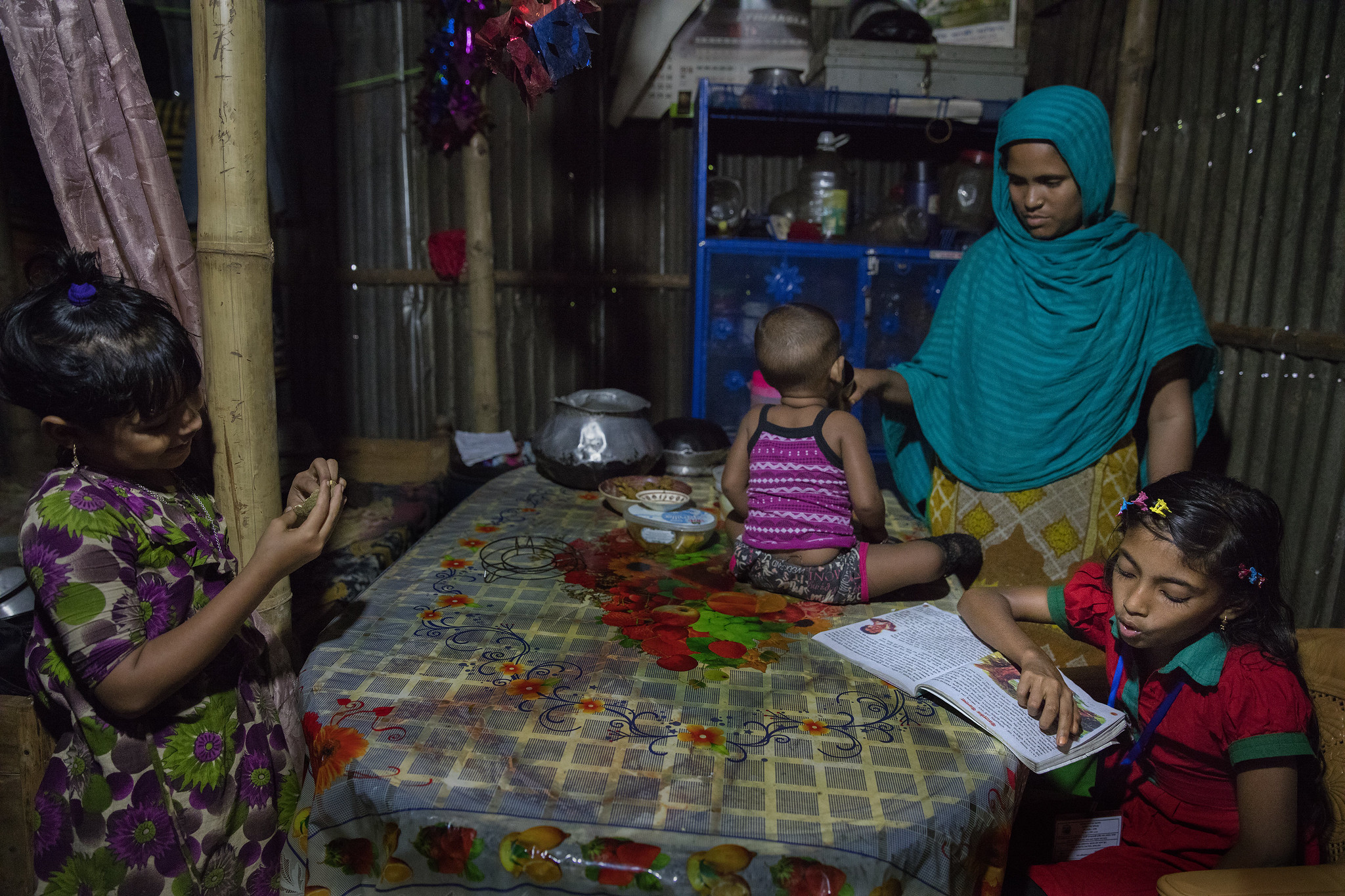Read@Home Releases 100 First Children’s Books Framework

We read to learn, to laugh, to challenge ourselves, and to expand our views of the world. As we grow readers at home, we want children to value and love reading. We want them to read to learn, but also to read for pleasure–to choose to read. Access to a wide variety of books and opportunities to practice reading are vital for children to become readers and learners.
But what kinds of books help children to learn to read and develop a regular reading habit? Read@Home’s new 100 First Children’s Books Framework offers recommendations for a ‘first collection’ of children’s literature to support the development of children’s pre-reading and early reading skills.

The Framework outlines overall recommendations for creating a collection of books, the kinds of books that can inspire a love of reading, and the type and quantity of books that children's collections could contain at different ages.
Read@Home recommends that collections include, at a minimum, the number and types of titles listed below.

The Framework defines and shares examples of these different types of books, as well as offering ideas for variety in themes and topics and links to further reading.



Ultimately, the guidelines can serve as an important reference for projects that want to diversify their children’s books offerings, ensuring that all children have access to the critical variety of books that will build their skills and imaginations, and improve their future academic and personal outcomes.
InDesign templates to support the design of the five categories of books are also available on the ELRN.
For more information, please contact info [at] earlylearningresourcenetwork [dot] org (info[at]earlylearningresourcenetwork[dot]org)




